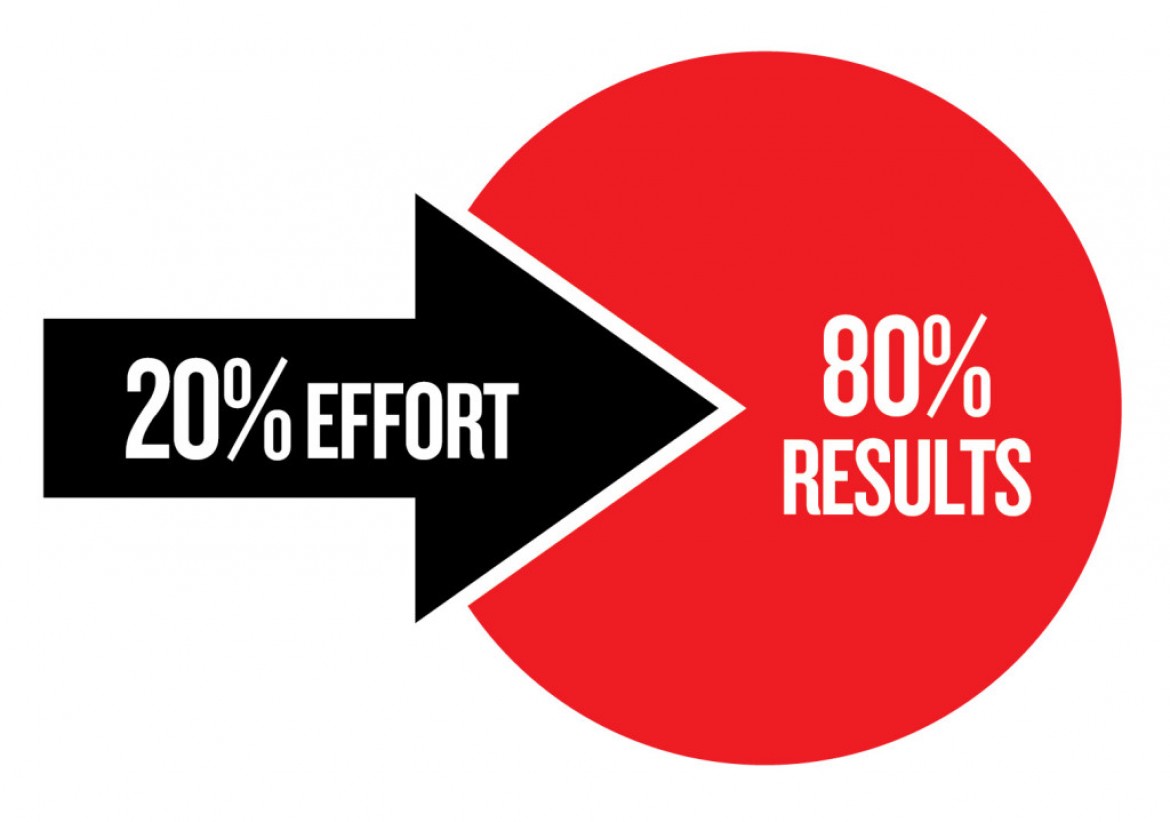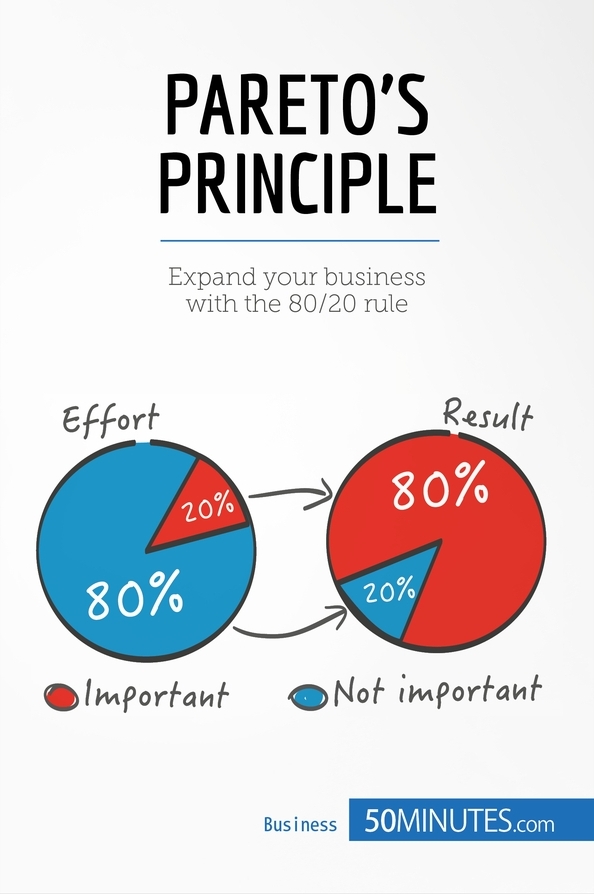History of the pareto principle. The 80/20 rule claims that the majority of an effect (or consequence) comes from a small portion of the causes from that event.

Book Summary The 80/20 Principle The Secret to Achieving More with Less
While every marketing or sales program mentions the pareto principle, very.

80 20 pareto principle. Is an important workflow management tool to help get the most out of the least amount of effort. It’s an uneven distribution that can be. The observation came to be known as the 80/20 rule a.k.a the pareto principle which means that most things are distributed unevenly.
20 percent of products or customers generate 80 percent of sales storage: Although common in business and economics, the principle also applies to different spheres of life, including time management. While the numbers aren’t always exact, the idea is that the ratio between input and output is not always 1:1.
For instance, 20% of input creates 80% of the productivity 20% of workers produce 80% of the results 20% of mistakes cause 80% of failure 20% of cold calls bring 80% of new customer acquisitions and so on…. That 80% of the output comes from just 20% of the input. 20 percent of the products occupy 80 percent of the space internet:
The principle states that, for many events, roughly 80 % of the effects come from 20 % of the causes. This universal law is evident across many areas of life, and you can use it to become more productive. The potency of 80/20 is that 20 percent of a group is responsible for 80 percent of the sales.
Because so much of your output is determined by a relatively small amount of what you. The pareto principle, or 80/20 rule, describes this general idea: Aturan 80/20 (paling umum) law of the vital few.
The pareto 80 20 rule, the law of the vital few, and the concept of factor sparsity are all names for the pareto principle. Juran took pareto's principle further, applying the 80/20 rule to quality studies. This overall principle was evaluated by an italian economist.
The pareto principle, also famously known as the 80/20 rule, is a universal principle applicable to almost anything in life. The pareto principle states that 20 percent of your activities will account for 80 percent of your results, however, it is not a hard and fast mathematical law. The pareto principle is an economic phenomenon where 80% of results are produced by 20% of the effort.
This can also be illustrated in other areas: The pareto principle, also known as the 80/20 rule, was one of vilfredo pareto’s most noteworthy theories, which found that 80% of outcomes often come from 20% of the related inputs. The 80/20 rule, otherwise known as the pareto principle.
The pareto principle, or the 80/20 rule, states that 20% of any given causes lead to 80% of any following effects (give or take). 80 percent of online data traffic takes place on 20 percent of websites Even when engaging in an 80 task is unavoidable, keep your mind on the 20.
What this means is that 20% of your effort is going to yield 80% of your reward, 20% of your sales will yield 80% of your revenue and so on. That 20% is made up of the first 10% and the last 10% of the project. Some things to keep in mind as you set out to implement the pareto principle into your life:
The pareto principle (or 80/20 rule) is the ultimate “work smarter, not harder” methodology. So, if you can retain customers or make them more. Pareto was an italian economist in the 19 th and 20 th centuries who helped develop modern economics as we know it today.
For example, in any retail organization, the pareto principle states that 80% of the sales will be accounted for by 20% of the customers. The pareto principle states that for many outcomes, roughly 80% of consequences come from 20% of causes (the vital few). The key to following the 80 20 rule is to.
The most successful students, professionals and entrepreneurs understand this principle. The pareto principle represents the unequal distribution and lack of balance between resource input and return. The pareto principle was first introduced in the early 1900s by italian economist.
For example, he theorized that 20% of the defects cause 80% of the problems in most products. Principle of factor sparsity aturan 80/20 bukanlah persamaan matematika resmi, melainkan fenomena umum yang dapat diamati dalam bidang ekonomi, bisnis, manajemen waktu, dan bahkan olahraga. 6 tips to apply the pareto principle 80/20 rule.
This pareto principle, often known as the 80/20 rule, may be found in sales. The pareto principle, also called the 80:20 rule, is the idea that 80% of any given output is produced by 20% of input. Focus on the 20 all day.
Reserve the most productive time of your day to focus on that 20%. Put another way, 80% of your outcomes result from just 20% of your inputs. Juran developed the concept in the context of quality control, and improvement, naming it after italian.
It is one of the best tools to use in order to focus on improving performance. The minority is responsible for the majority. 20% tanaman memiliki 80% buah
It aids in the sorting and prioritization of the most critical factors for the best results. The idea was formulated by the italian economist and sociologist vilfredo federico pareto. Other names for this principle are the 80/20 rule, the law of the vital few, or the principle of factor sparsity.
But the idea of imbalanced inputs and outputs extends to many disciplines and even personal time management. The 80 20 rule, otherwise known as the pareto principle, is one of the most helpful concepts for life and time management. Today, project managers know that 20% of the work consumes 80% of the time and resources.

How The 80/20 Pareto Principle Will Skyrocket Your Success In 2016

The Pareto Principle for Business Management »

Using the 80/20 Rule (Pareto Principle) to Make the Most of your Life
